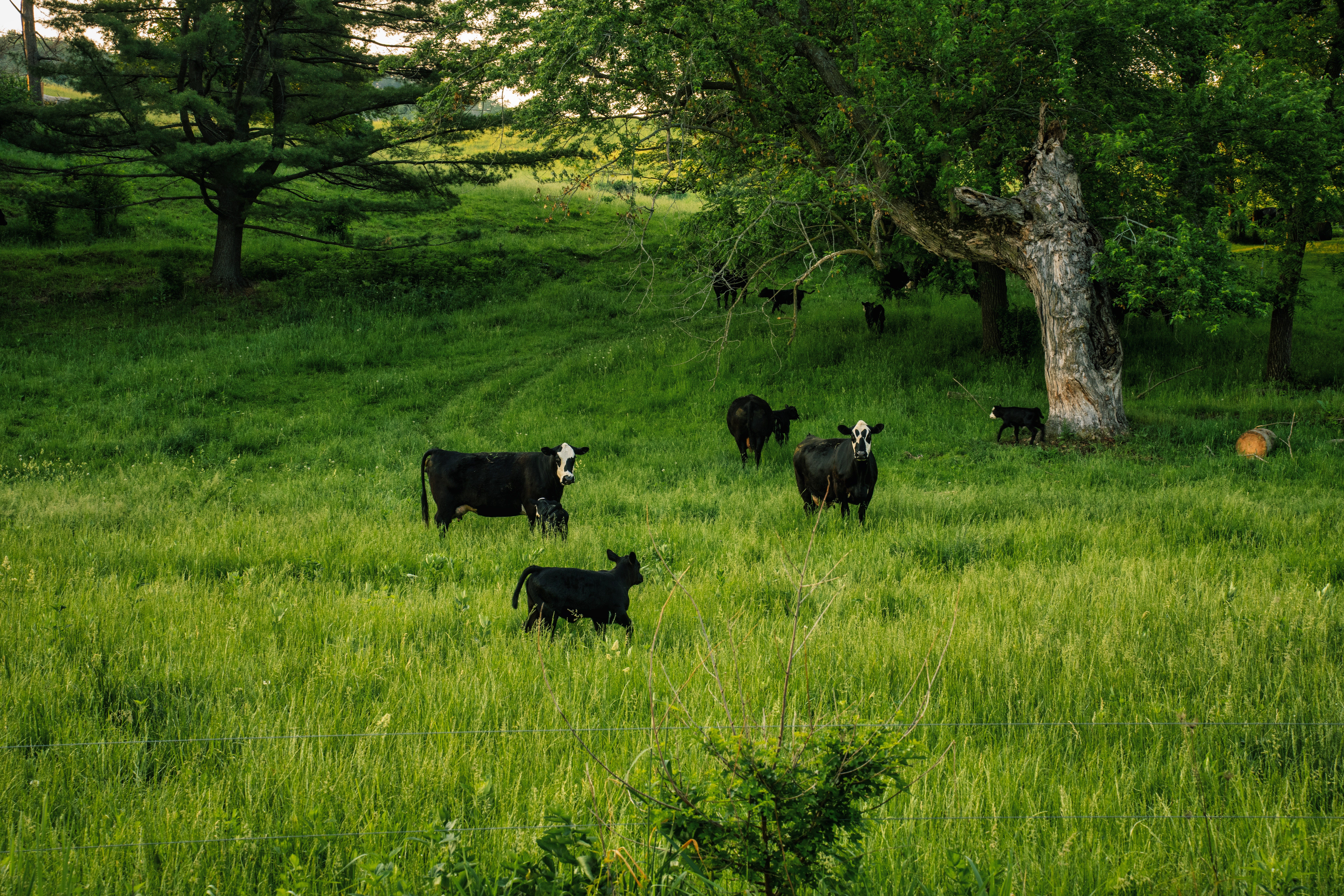
As climate change continues to impact weather patterns around the world, farmers are facing increasing challenges in protecting their crops from unpredictable and extreme weather events. In times of droughts, floods, hailstorms, and other natural disasters, crop insurance plays a crucial role in helping farmers mitigate financial risks and ensure agricultural success.
The Importance of Crop Insurance
Financial Protection
- One of the key benefits of crop insurance is that it provides financial protection to farmers in the event of crop failure due to natural disasters.
- Without crop insurance, farmers face the risk of losing their entire investment in seeds, fertilizers, and other inputs if their crops are destroyed by unpredictable weather conditions.
- Crop insurance helps farmers recover their losses and stay financially stable during difficult times, allowing them to continue farming in the future.
Risk Management
- Crop insurance also plays a crucial role in risk management for farmers, helping them hedge against the uncertainties of weather-related crop failures.
- By purchasing crop insurance, farmers can transfer the risk of crop loss to insurance companies, reducing their exposure to financial hardship in case of a poor harvest.
- This risk management tool enables farmers to make informed decisions about planting, inputs, and overall farm operations, knowing they have a safety net in place.
Types of Crop Insurance Coverage
Multiple Peril Crop Insurance (MPCI)
- MPCI is the most common type of crop insurance that provides coverage for a wide range of natural disasters, including drought, flood, hail, wind, and other perils.
- It offers protection for yield losses, revenue losses, and input price changes, giving farmers comprehensive coverage against various risks.
- MPCI is subsidized by the government to make it affordable for farmers and encourage participation in the program.
Catastrophic Risk Protection (CAT)
- CAT insurance is a basic level of coverage that offers protection against natural disasters at a lower cost than traditional crop insurance policies.
- It covers crop losses of more than 50% of the expected yield at 55% of the average market price for the crop.
- CAT insurance is a good option for farmers with limited resources who want to have some level of protection against catastrophic events.
Benefits of Crop Insurance for Farmers
Stability and Peace of Mind
- By having crop insurance, farmers can have stability and peace of mind knowing that their hard work and investment are protected against unforeseen events.
- They can focus on their farming operations without worrying about the financial implications of crop failures due to weather-related disasters.
Access to Credit and Loans
- Crop insurance can also help farmers access credit and loans from financial institutions more easily, as it serves as a form of collateral for lenders.
- With crop insurance coverage, farmers can demonstrate their ability to manage risks and repay loans, making them more creditworthy in the eyes of lenders.
Conclusion
Crop insurance is a valuable tool for farmers to weather the storm of unpredictable weather events and ensure their continued success in agriculture. By providing financial protection, risk management, and stability, crop insurance plays a crucial role in helping farmers mitigate risks and overcome challenges in an increasingly volatile climate. Farmers who invest in crop insurance not only protect their livelihoods but also contribute to the resilience and sustainability of the agricultural industry as a whole.

Leave a Reply